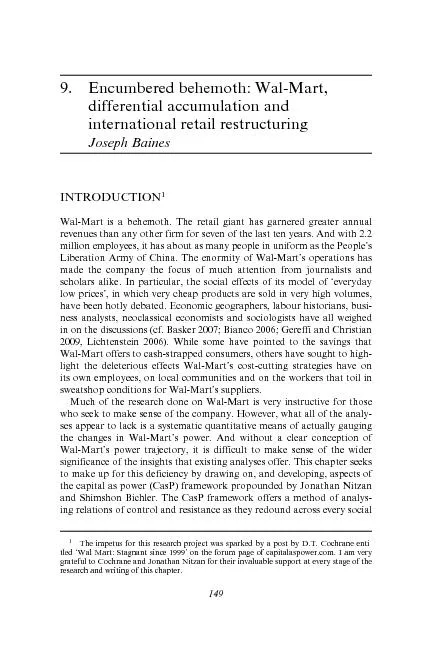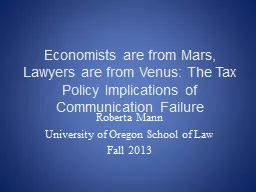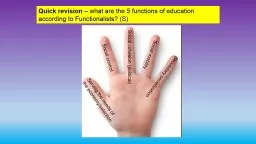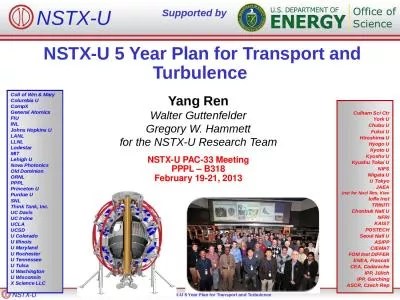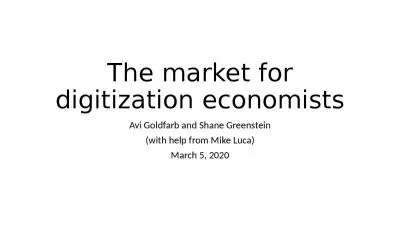PDF-ness analysts, neoclassical economists and sociologists have all weigh
Author : phoebe-click | Published Date : 2016-05-14
149 1 The impetus for this research project was sparked by a post by DT Cochrane entitled 145WalMart Stagnant since 1999146 on the forum page of capitalaspowercom
Presentation Embed Code
Download Presentation
Download Presentation The PPT/PDF document "ness analysts, neoclassical economists a..." is the property of its rightful owner. Permission is granted to download and print the materials on this website for personal, non-commercial use only, and to display it on your personal computer provided you do not modify the materials and that you retain all copyright notices contained in the materials. By downloading content from our website, you accept the terms of this agreement.
ness analysts, neoclassical economists and sociologists have all weigh: Transcript
Download Rules Of Document
"ness analysts, neoclassical economists and sociologists have all weigh"The content belongs to its owner. You may download and print it for personal use, without modification, and keep all copyright notices. By downloading, you agree to these terms.
Related Documents

